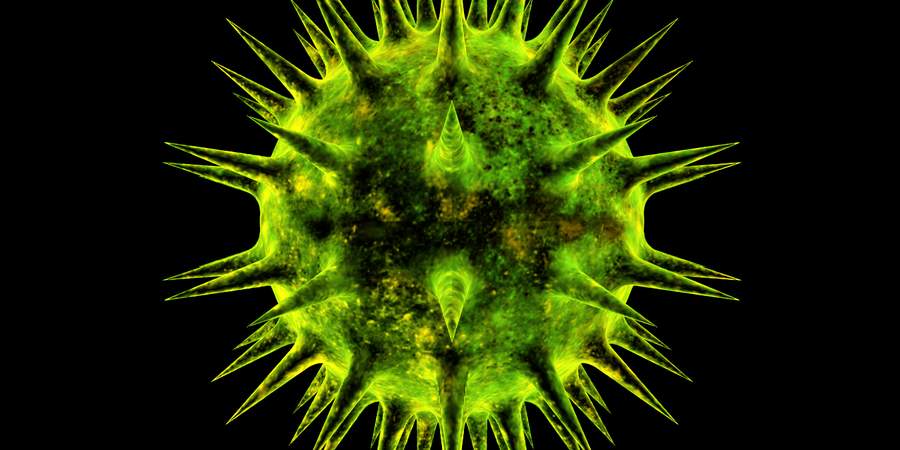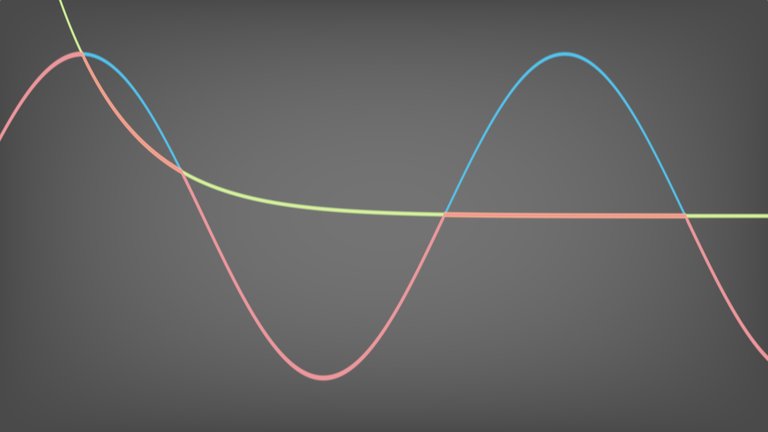Bacterium
Bacterium was my first shader of the week at Shadertoy in May 2015. This post describes a breakdown of the effect.
Modeling the Bacteria
The bacteria are distorted capsules that squiggle and rotate as a function of position and time. Their distance field is a modified version of iq’s capsule/line function that uses modular arithmetic to achieve repetition. The squiggling was done by slightly rotating the space around their local origin.
float capsules(vec3 p) {
vec3 q - floor(p/4.0); // position repeated through space (used for rotating around)
p = mod(p, 4.0) - 2.0; // modular arithmetic to repeat the capsules
// rotational movement around the capsule's local frame
// this keeps all bacteria rotating around endlessly
p.yz = p.yz*cos(iGlobalTime + q.z) + vec2(-p.z, p.y)*sin(iGlobalTime + q.z);
p.xy = p.xy*cos(iGlobalTime + q.x) + vec2(-p.y, p.x)*sin(iGlobalTime + q.x);
p.zx = p.zx*cos(iGlobalTime + q.y) + vec2(-p.x, p.z)*sin(iGlobalTime + q.y);
// squiggle on the Y axis (it's small rotation around Z as a function of X)
float angle = .3*cos(iGlobalTime)*p.x;
p.xy = cos(angle)*p.xy + sin(angle)*vec2(-p.y, p.x); p.x += 1.0;
// distance to capsule/line adapted from iq's function
float k = clamp(2.0*p.x/4.0, 0.0, 1.0); p.x -= 2.*k;
return length(p) - .5;
}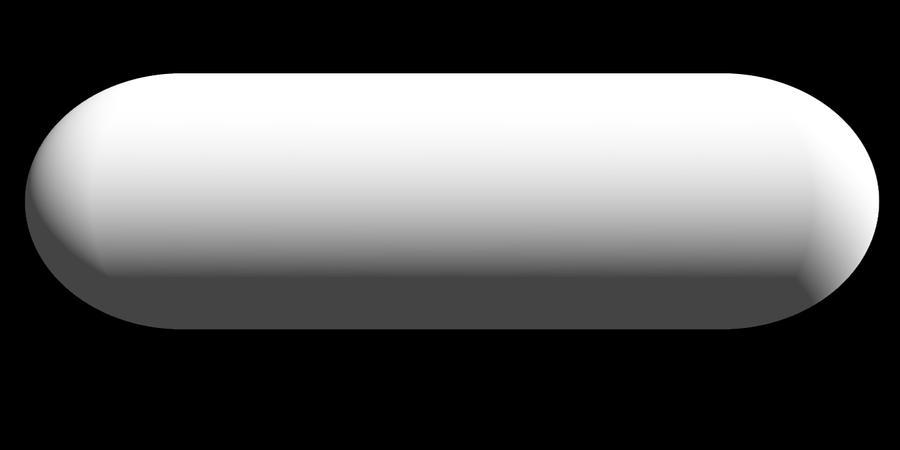
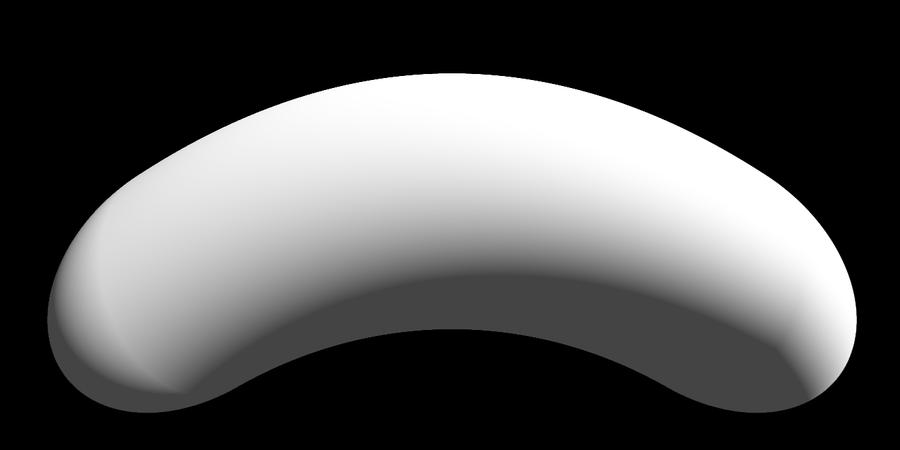
At a first glance, the overall motion of the bacteria may seem a little bit random. But that’s just an effect of the combined motion of the camera and their squiggling. Essentially, the difference in phase of each capsule is just a constant offset, and you can easily spot that in the shader if you pay attention.
Modeling the Viruses
The viruses are just spheres with attached cones. They are a good example of how simple shapes can become an interesting object when joined together. I applied modular arithmetic in polar coordinates to radially repeat the cones and blended them with the sphere using iq’s smooth minimum.
// Modular repetition in polar coordinates
vec2 rep(vec2 p) {
// transform into polar coordinates
float a = atan(p.y, p.x);
// modular repetition
a = mod(a, 2.0*PI/18.) - PI/18.;
// transform back into euclidean coordinates
return length(p)*vec2(cos(a), sin(a));
}
float spikedBall(vec3 p) {
float d = length(p) - 1.2; // distance to a sphere
p.xz = rep(p.xz); // angular repetition on the XZ plane
p.xy = rep(p.xy); // angular repetition on the XY plane
// returns the smoothed-minimun distance
// between the sphere and the spikes
return smin(d, length(p.yz)-.1+abs(.15*(p.x-1.0)), 0.1);
}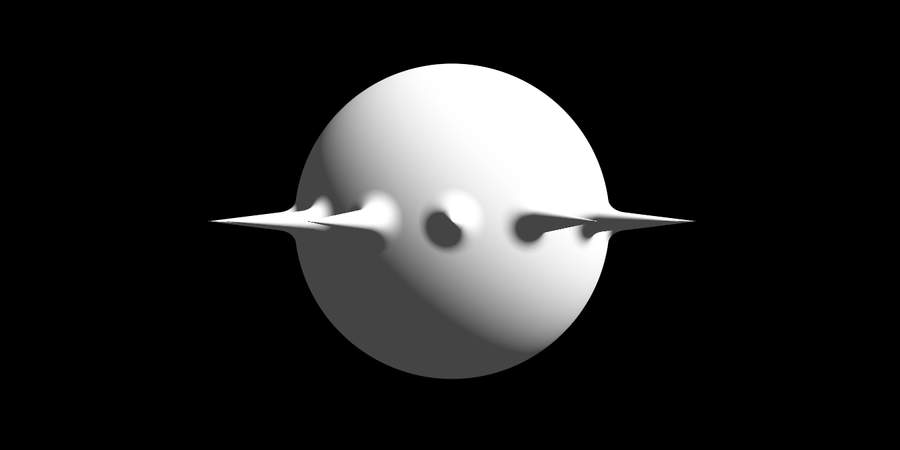
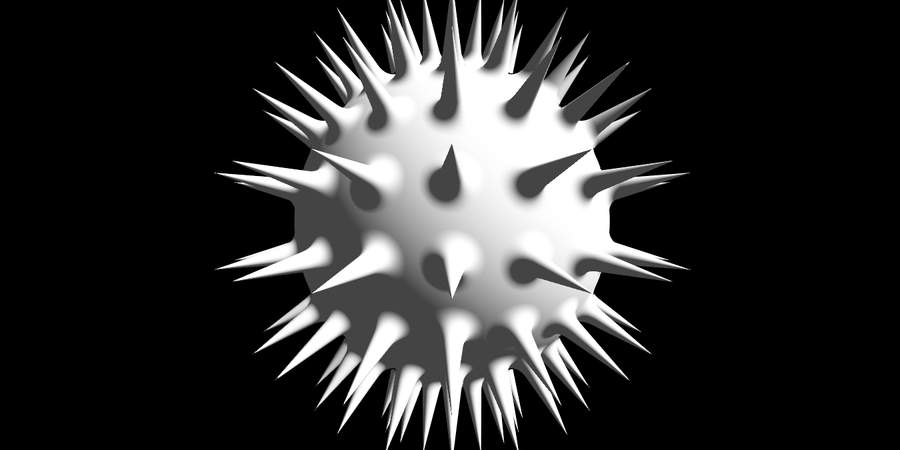
Lighting and Shading
I started by applying on the models a cube map that is one of the default textures in Shadertoy. But instead of using the sample as an albedo value, I made it an interpolation factor between a green and a yellow color. The result was modulated by the contribution of a simple rim light model.
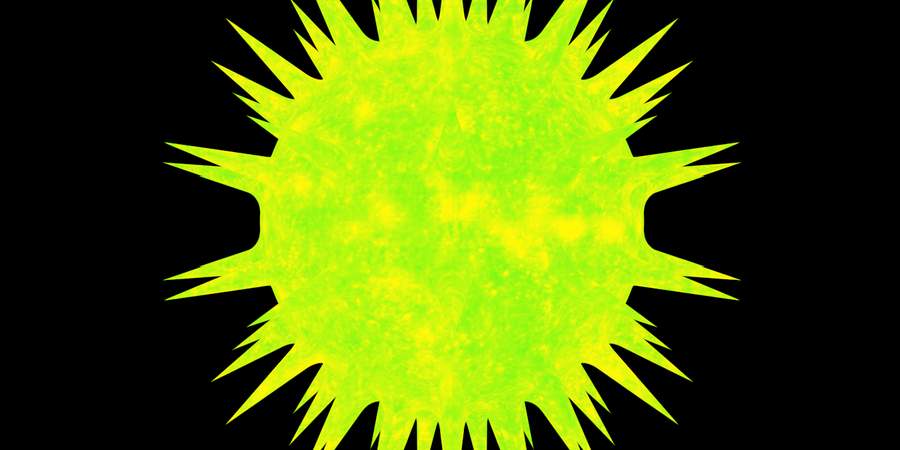
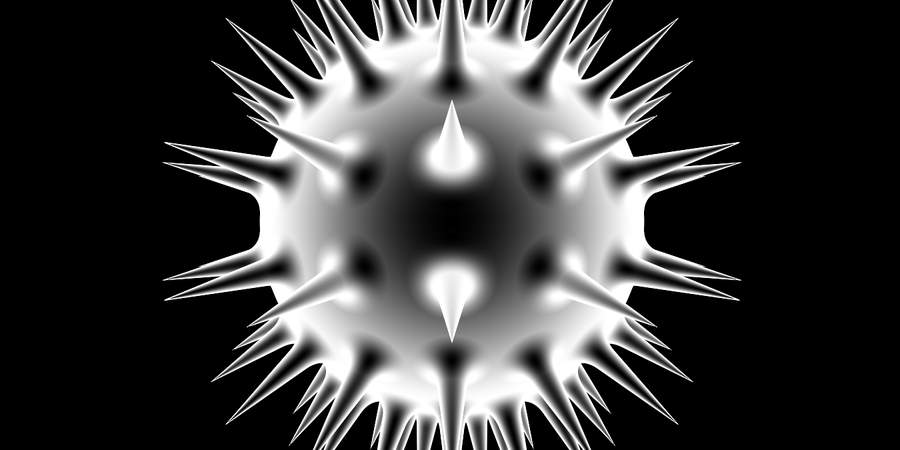
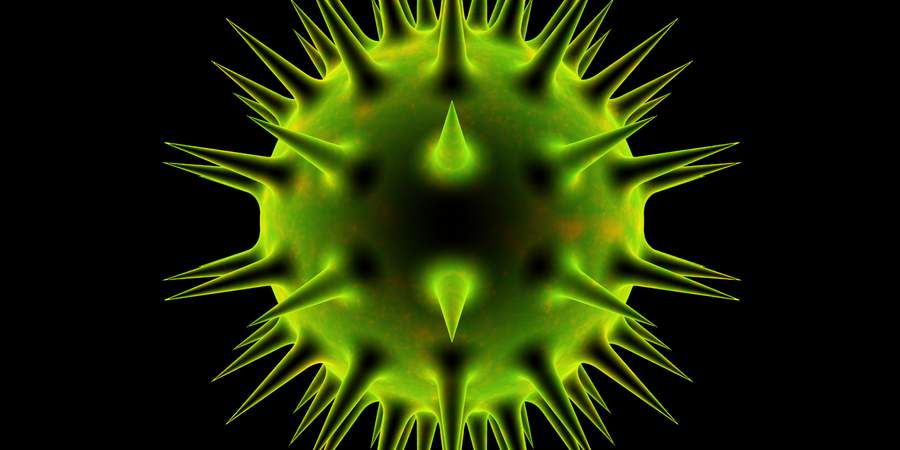
For conclusion, I thought the model still needed some details and decided to include a bump map. Both my cubeMap and bumpMap methods were based on some of iq’s shaders.
vec3 shade(vec3 ro, vec3 rd, float t) {
vec3 p = ro + t*rd, // computes the hit point of the ray
vec3 n = normal(p); // computes the normal vector at the hit point
const vec3 green = pow(vec3(93,202,49)/255., vec3(2.2));
const vec3 yellow = pow(vec3(255,204,0)/255., vec3(2.2));
// accesses the cube map as a single-channel texture
float k = cubeMap(.5*p, n);
n = bumpMap(.5*p, n, k);
// modulates the color according to a rim light model
vec3 col = mix(green, yellow, k)*(1.0-dot(-rd,n));
return col*exp(-.008*t*t); // applies fog.
}